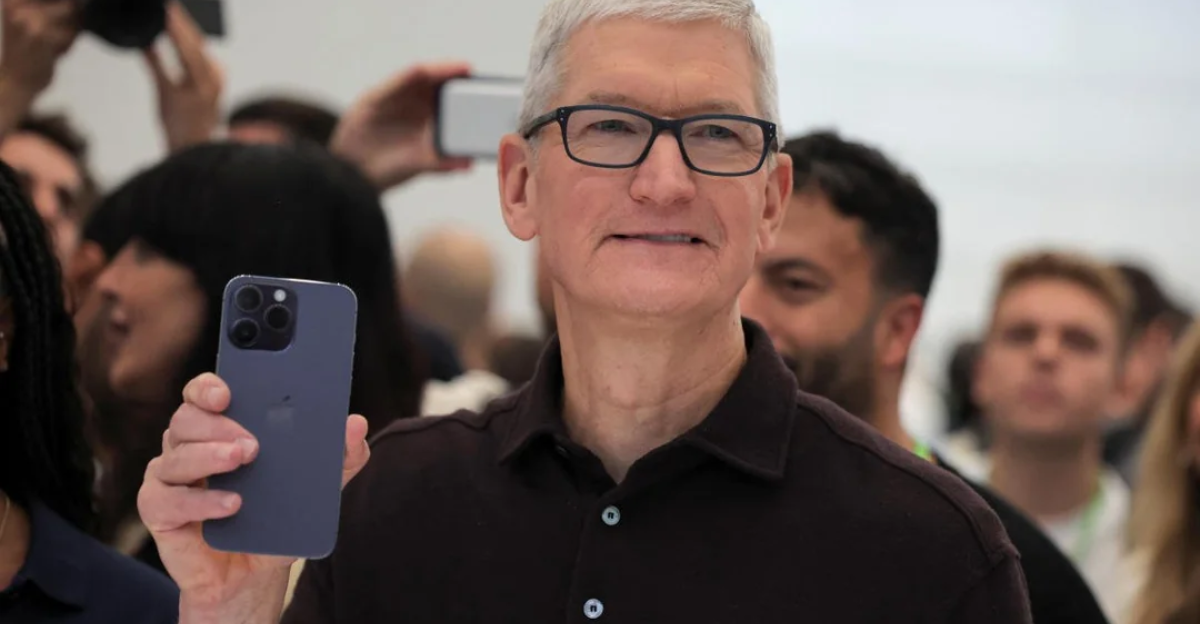
Apple hasn’t officially said anything yet, but signs are pointing to a price hike for the upcoming iPhone 17. Not across the board, but enough to make some wallets wince. This isn’t just another case of “tech gets more expensive.” It’s connected to trade pressures, shifting tariffs, and quiet moves inside Apple’s supply chain. If you’ve been waiting patiently for your next upgrade, this is one rollout you’ll want to watch closely. Let’s walk through what’s changing, and why it matters to you.
A Tariff Bill Apple Can’t Ignore
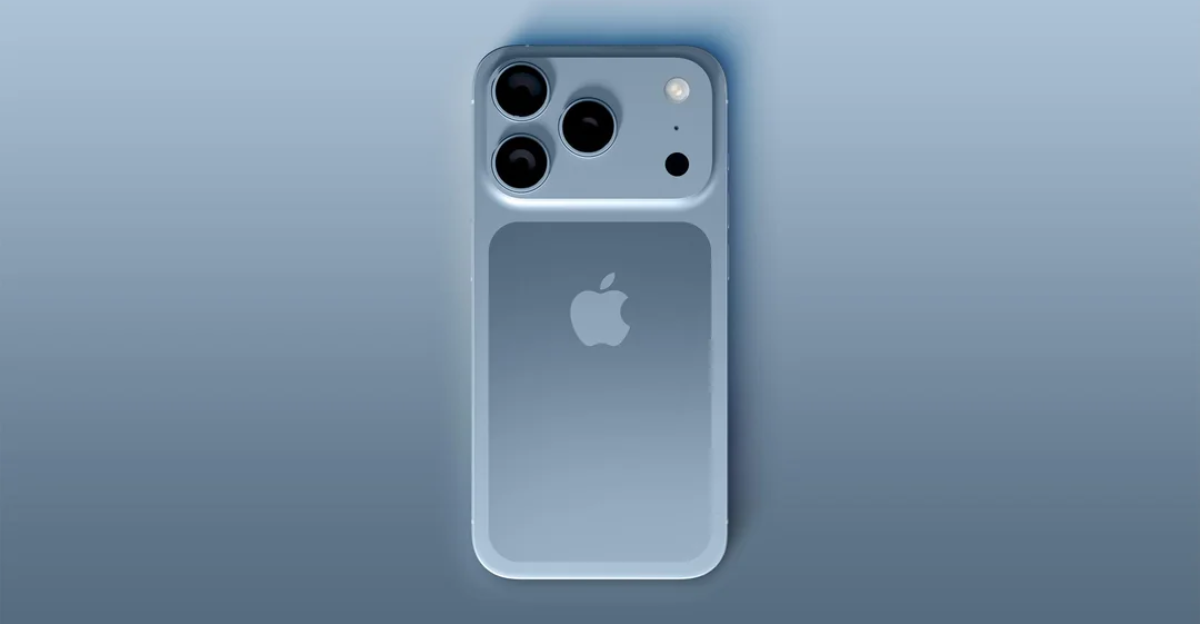
Apple is now staring down nearly $900 million in new tariffs. These fees are part of a broader push by the U.S. government to tax goods made in China. And since many iPhones are still assembled there, Apple’s costs are rising fast. Instead of eating the entire hit, Apple may pass some of that cost along to consumers. Translation: your next iPhone could be more expensive, not because it’s better, just because it’s still made in the wrong place.
Analysts Expect a $50 Price Jump
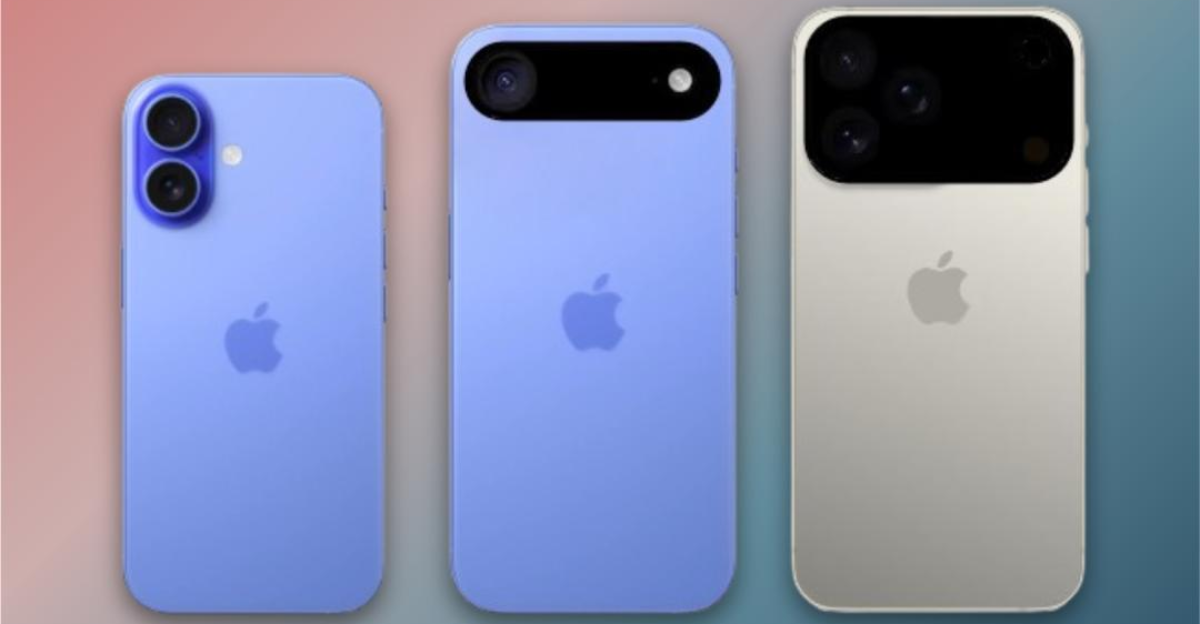
According to analysts at Jefferies, Apple is likely to raise the price of three iPhone 17 models by around $50. That includes the Pro, the Pro Max, and a rumored thinner model. If you’re eyeing one of those, be prepared to spend more than usual. The base model? It’s expected to stay put, at least for now. Apple hasn’t confirmed anything, but this kind of bump would help them offset rising costs without totally shocking consumers. Subtle, but still felt where it counts: your bank account.
The $1000 Threshold Gets Easier to Cross

With a $50 bump, the iPhone 17 Pro could start around $1049, while the Pro Max might hit $1249. That pushes both models well past the psychological $1000 mark, a line Apple has tiptoed around for years. For buyers, it’s not just about sticker shock. Higher starting prices can ripple through trade-in values, financing plans, and even carrier deals. It means your next phone might come with more monthly stress than you bargained for, even if the camera’s a little better this time.
Why the Base Model Might Be Spared
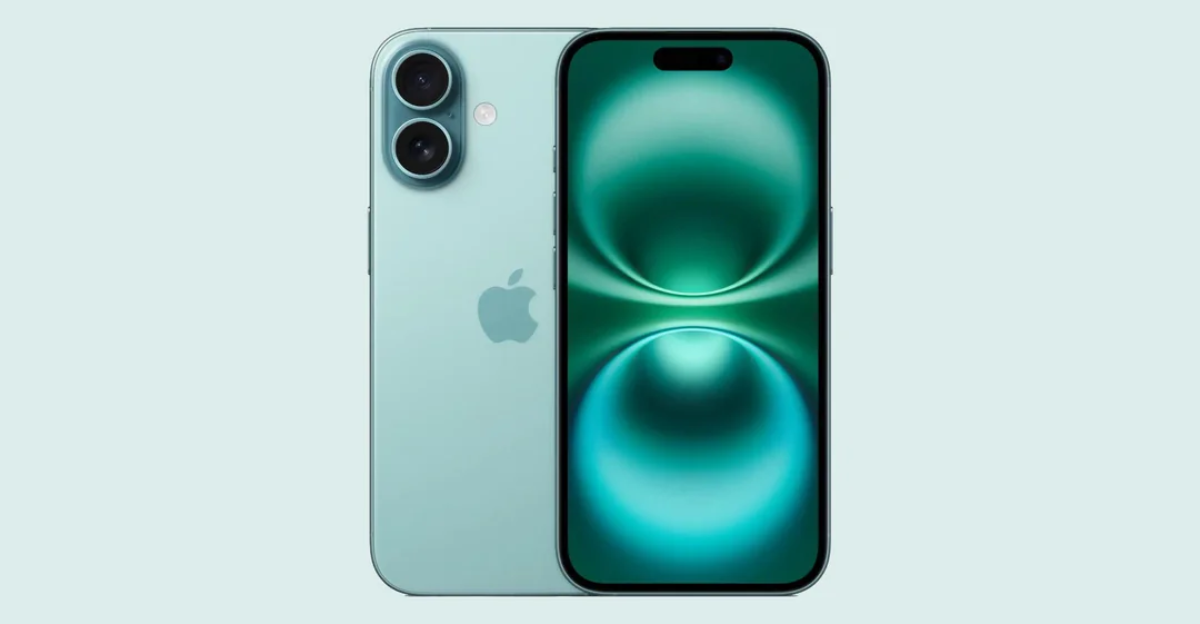
If you’re sticking with the standard iPhone 17, you might catch a break. Analysts believe Apple will hold the line on its entry-level price, keeping it at $799. Why? It’s likely a strategic move to avoid spooking casual buyers. The Pro models bring in bigger profits, so raising their prices makes more sense from Apple’s point of view. That means the base model stays more affordable, at least on paper, while the premium versions quietly inch further out of reach.
It’s Not Just Tariffs, Parts Cost More Too
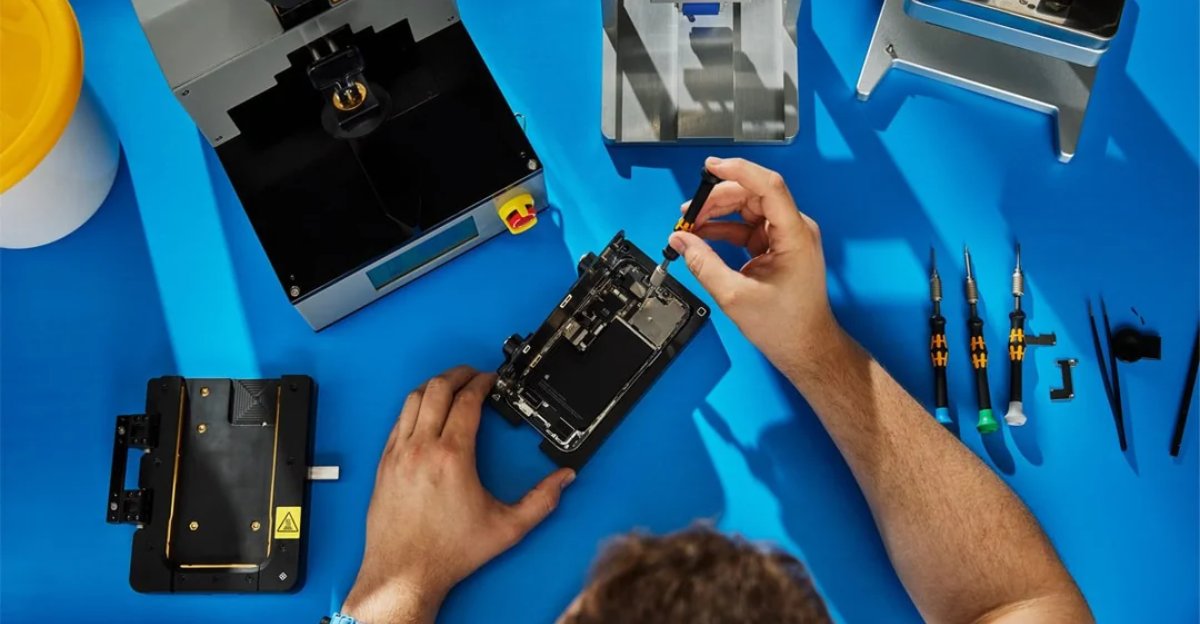
Even without tariffs, Apple’s parts bill is going up. Analysts estimate that assembling each iPhone in China now costs Apple about $20 to $25 more than it used to. That might not sound like much, but when you’re selling millions of units, it adds up fast. Combine that with new trade fees, and Apple’s margins start to feel the squeeze. So the $50 price hike? It’s not all profit, it’s partly Apple playing defense, trying to keep its bottom line from slipping.
Apple’s Big Bet on India Isn’t Paying Off Yet
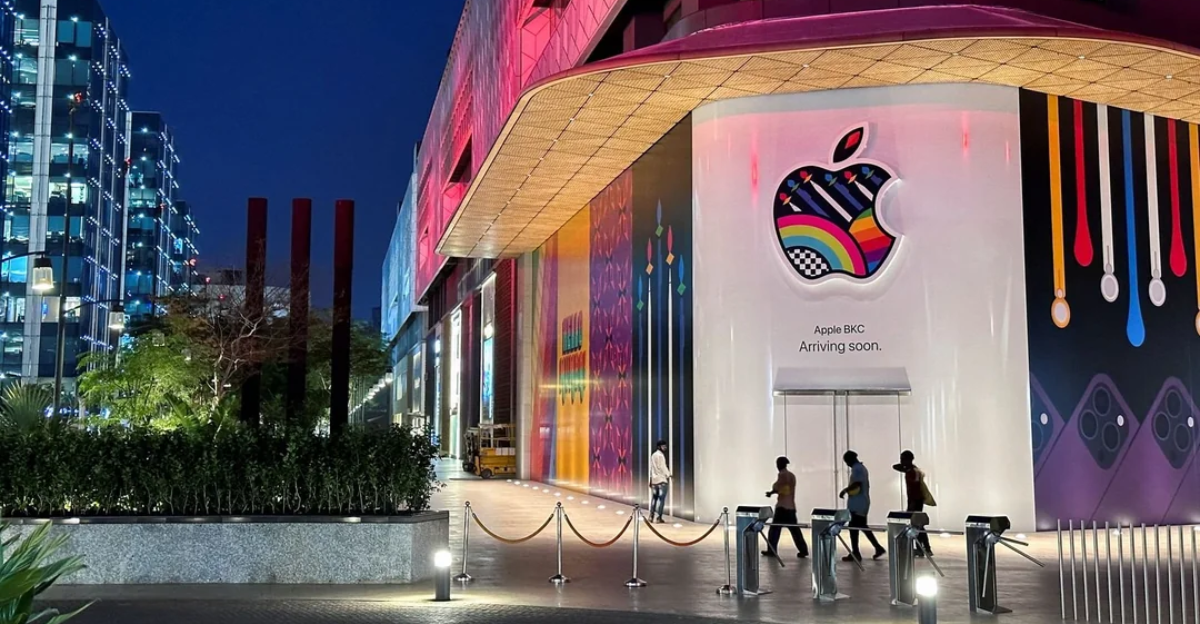
Apple’s been shifting more iPhone production to India to dodge tariffs, but it’s not enough. India now handles about 44% of iPhone shipments to the U.S., up from just 13% last year. That’s impressive growth, but most high-end models like the Pro and Pro Max are still made in China. So while Apple’s long-term plan is working, it’s not moving fast enough to avoid these new costs. For now, that means you may still be paying a premium tied to where your phone is built.
Why Apple Isn’t Talking About It
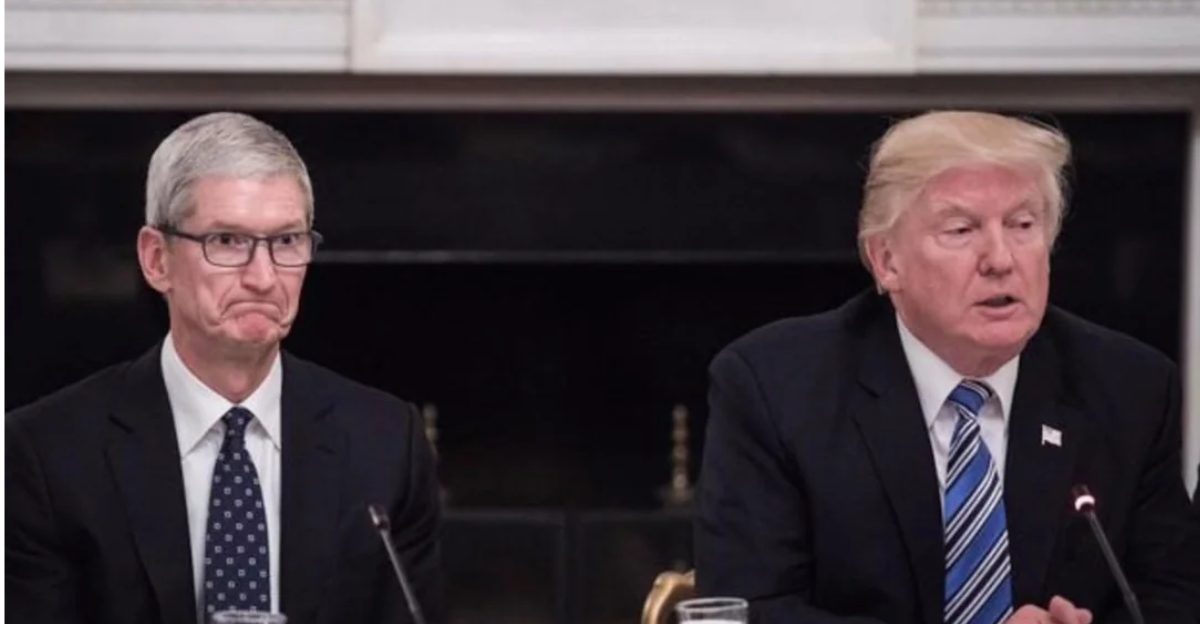
Don’t expect Apple to mention tariffs in its keynote this fall. The company tends to keep pricing shifts vague, usually chalking them up to innovation or supply challenges. Publicly blaming trade policies could stir up political backlash or consumer anxiety, neither of which helps iPhone sales. So if prices go up, it’ll likely be framed as business as usual. No drama. Just a quiet adjustment that shows up when you hit “add to cart” and wonder why your budget feels suddenly tight.
What This Means for Your Upgrade Plans
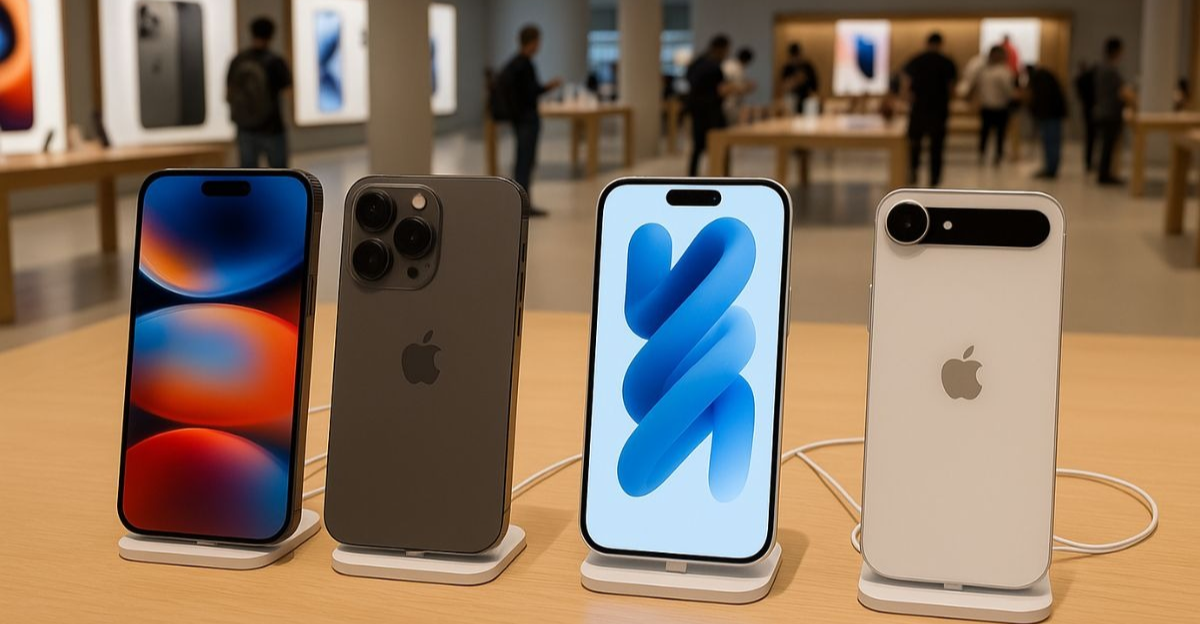
If you’ve been holding out for the iPhone 17 Pro or Pro Max, now’s the time to rethink your budget, or consider a trade-in while values are still solid. A $50 hike might not sound huge, but it can nudge monthly payments higher and shrink carrier incentives. For some buyers, that could mean stretching a little further or settling for a base model. Either way, expect fewer surprises if you plan ahead. Because the sticker might be small, but the ripple effects add up.
Launch Is Coming, But So Are More Unknowns
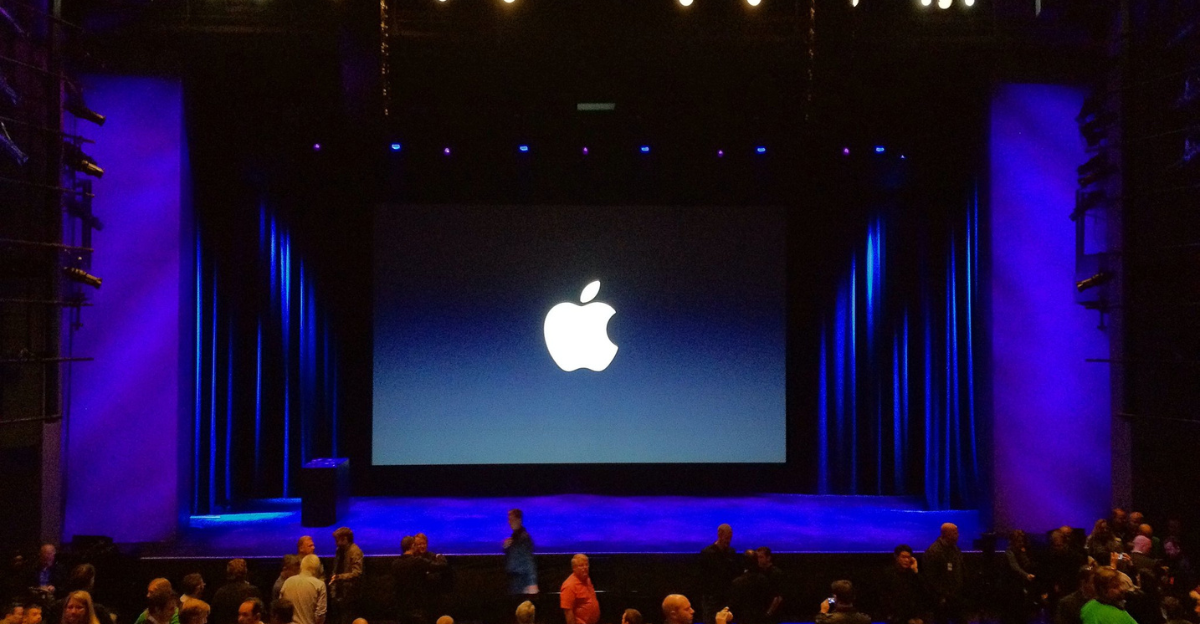
The iPhone 17 is expected to launch this September, but pricing isn’t the only thing to watch. If trade tensions escalate or new tariffs hit India, where Apple’s expanding fast, costs could climb even further. And while Apple’s doing its best to adapt, global supply chains aren’t exactly predictable these days. For now, all eyes are on the fall reveal. Just know this year’s “new iPhone season” might come with more fine print, and fewer easy choices, than usual.